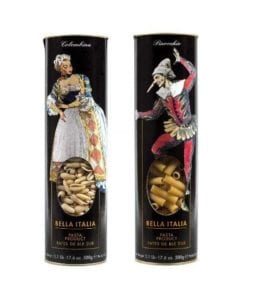
The Etymology
The etymology of the word saffron comes from the Arabic Za’feràn or “sahafaran” in Persian, passing through the Latin “safranum”. The root is the Persian word “asfar” which means “yellow”. It is a crocus, a plant of the iridaceae family, The Crocus sativus or saffron derives from an intensive selection on the Crocus cartwrightianus, a plant native to Crete.
The History and Myth
The history of saffron has been known and used since ancient times. We find traces of it in the Bible, where our crocus sativus is one of the most prized aromatic plants found in the garden of the Cantico dei Canitici. It is depicted in the palace of Knossos and mentioned by the Egyptians in the Ebers Papyrus.
The Greeks have two mythological legends to explain the origin of the saffron flower: the young Croco was transformed into a flower by the gods, to punish him for his love for the beautiful nymph Smilace. Or maybe it was Mercury who accidentally hit his friend Croco and to remember him he decided to dye the flower the red of his blood. The crocus is also one of the flowers of Zeus’s cloud bed, as Homer recounts in the Iliad. In ancient Rome, on the other hand, saffron was used in cosmetics, in painting and as a dye for clothing due to the characteristic yellow color it releases thanks to crocin.
The Return of Saffron
The organoleptic qualities have always been appreciated in the kitchen, in the Middle Ages spices had a very high value and were a symbol of richness and refinement and saffron in particular has always been among the most precious aromatic. The return of saffron to Italy seems to be in the Middle Ages, brought by the monks, in particular by the inquisitor Domenico Santucci, an Abruzzo friar from Navelli. From here it began to spread, in particular in Sicily, Sardinia, Umbria, Tuscany and Abruzzo, areas where saffron cultivation is still widespread today. Today saffron is also rediscovered in Lombardy, thanks to our brianzoli zafferaneti finally the Milanese risotto can be made with zero kilometer ingredients.
Taste Italian Saffron: Buy Now!
No Results Found
The page you requested could not be found. Try refining your search, or use the navigation above to locate the post.




